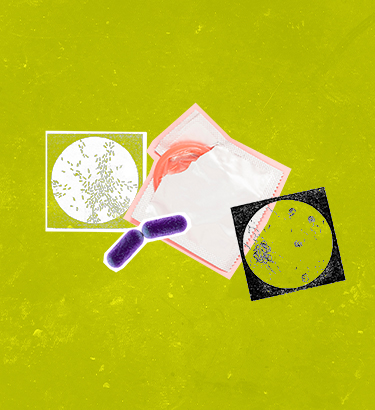First, let's get the scary stuff out of the way. There are a lot of STIs out there, and it's true that besides abstinence, there's no way to avoid them 100 percent of the time.
"One thing they teach us in sex ed is to just use condoms," said Erica Montes, M.D., an Arizona-based OB-GYN and medical advisor to the Body Agency, a platform focused on women's sexual health. "But condoms aren't a guarantee that you won't get an STD."
Teens and young adults account for about half of new STIs, and condom education in schools has proved effective at reducing the spread.
Condoms are a very effective tool in preventing pregnancy, HIV and most STDs, and it's important for young people to feel comfortable using them. But when education on safe sex relies too heavily on condom use, students miss out on important information. Condoms aren't foolproof, and viruses including HPV and herpes can spread simply through skin-to-skin contact.
Much of traditional sex ed focuses on penetrative sex, and the type of sexual activities that might lead to the spread of STDs through skin-to-skin contact alone are often ignored. A student who does not engage in penetrative sex may not realize they, too, can contract an STD.
Andrea Barrica, the San Francisco-based co-founder of O.school, a sexual education platform, said that while she did learn about STI prevention as a young girl, the next steps were missing.
"In terms of how to actually have a healthy and functioning relationship with sex, I felt really in the dark about that," Barrica said.
Barrica started looking at online resources for sex education and found them severely lacking in advice on how to have healthy conversations surrounding sex.
"That's why I started a school to create a space online between Planned Parenthood and Pornhub," Barrica said.
Barrica now works with sex educators who emphasize an approach to safer sex that centers on the importance of discussing sexual history, sexual health and boundaries, because even when condoms are used correctly, both parties still open themselves up to risk.











